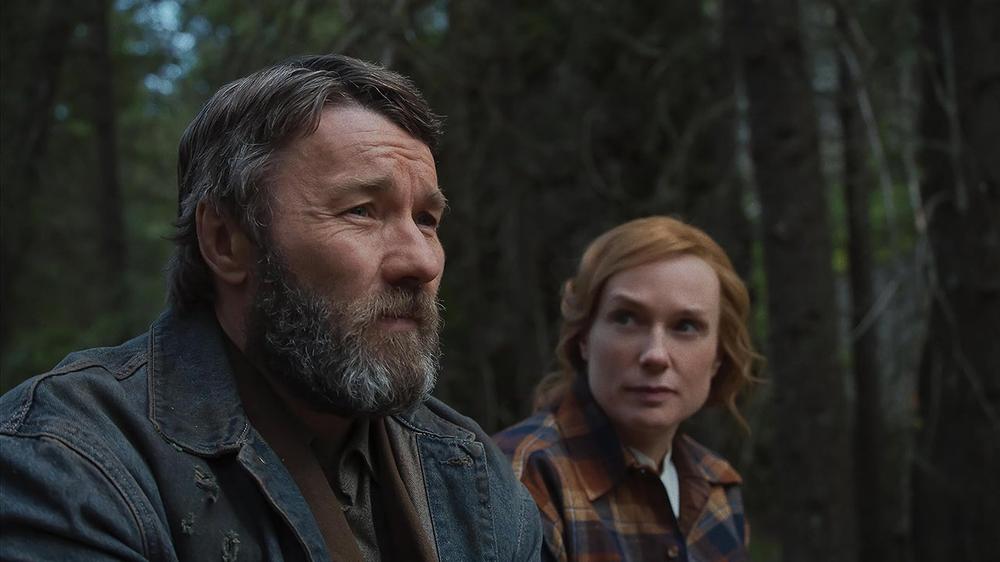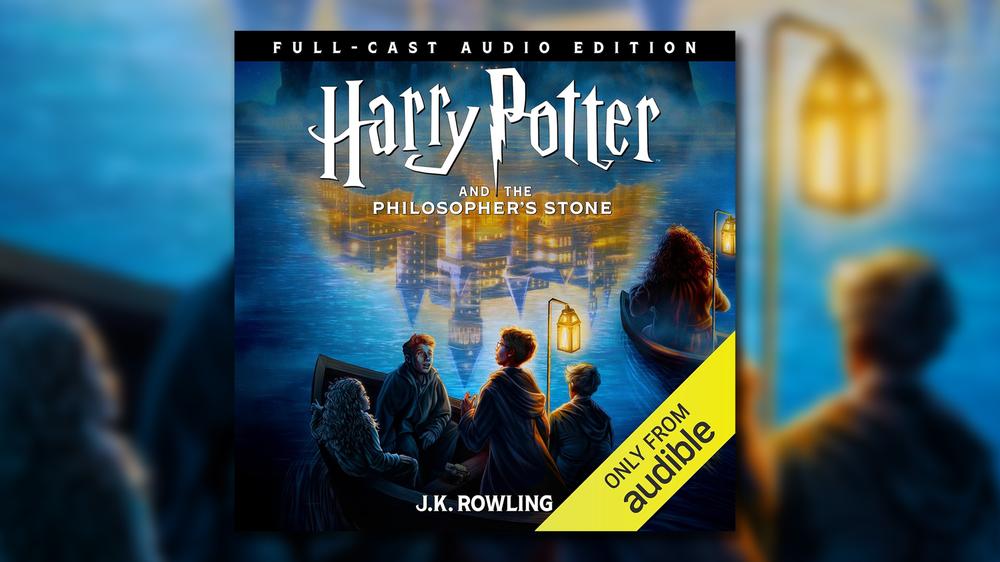Train Dreams will begin a limited theatrical release on November 7 before debuting on Netflix on November 21.
I would refer to Train Dreams as a movie that feels like a “great American novel,” except it was technically adapted from a novella. Based on Denis Johnson’s 2011 text, Train Dreams comes courtesy of director Clint Bentley, and is a movie that on paper may seem somewhat taxing for the modern viewer. It’s light on big ticket plot events, its protagonist is fairly passive for much of the runtime, and the episodic nature of following a single character across several decades means it doesn’t really feature what you would call propulsive pacing. But it’s a commendable execution of exactly the movie it’s trying to be, which is a tender rumination on a lone man’s life and all the small but significant moments that make up his existence.
Joel Edgerton stars as Robert Grainier, a logger and railroad worker getting by day after day in the Pacific Northwest of the early 20th century. He’s a simple man by presentation who belies the more complicated portrait the film intends to paint, that of the costs and consequences of a nation’s gradual change as seen through his eyes. We follow Grainier through the circumstances that shape him, from his humble origins, his witnessing (and failure to stop) a fellow laborer of Chinese descent from being killed by his colleagues, building a home and family with his wife and daughter, and his attempts to find peace and purpose in his later years after tragedies rob him of the path he thought he was on.
Edgerton has been a capable performer for years, but turns in career-best work as Grainier, making the audience fully buy into the idea that just because he’s a man with little to say doesn’t mean he’s without great thoughts or even greater feelings. He’s aided by the ever-reliable Felicity Jones as his wife Gladys, who despite her English background somehow feels perfectly suited for the role of a woman living in the American countryside. One of the movie’s best scenes features the pair laying together next to a river where they’ve built their house, simply absorbing the beauty around them and treasuring getting to experience it together. The movie skips a lot of their actual courtship, but it’s time that doesn’t feel lost, because Bentley and his actors know how to generate emotional investment in only a handful of scenes.
That’s one of the most surprising aspects of Train Dreams, which comes in at less than two hours and yet feels far grander in scope than its runtime may suggest. The use of Will Patton’s narration and the flow of the edit from Parker Laramie find clever ways to create transitions between events that still allow the audience to feel the weight of the time between them even when they aren’t shown in their totality. Patton’s narration is kind of a miracle in itself, avoiding many of the usual pitfalls of an expository voice in a drama by not prescribing how the audience is supposed to feel about what transpires, but simply reinforcing the emotional tone the film is trying to convey. It suits the gentle, leisurely rhythm of the story, and is another way the movie embraces the literary nature of its source.
But film is a visual medium, and Train Dreams is a gorgeous work by any measure. It might be too obvious to say the cinematography by Adolpho Veloso (who also worked on Bentley’s previous feature, Jockey) is painterly, but the word truly does capture how the film portrays the greens and browns of Washington state, where it was shot. It’s a shame most audiences will only ever experience the film on Netflix and not in a theater. There will be many warranted comparisons to the works of Terrence Malick given the focus on nature and the multiple magic hour compositions, but I was also reminded of Thomas Vinterberg’s adaptation of Far from the Madding Crowd or Terence Davies’ Sunset Song. Both of those films echo Train Dreams’ emphasis on the conventions of pastoral literature and use of rural imagery to give depth to their characters through their placement in shots, just as much as through words on a page.
Granted, that doesn’t mean some of the dialogue doesn’t come across like straining for poetic profundity that wasn’t strictly necessary, or that the use of certain characters don’t feel like missed opportunities. Justice for The Banshees of Inisherin stand-out Kerry Condon, who shows up late in the game as a forestry services worker who has a couple of small interactions with Grainier and then promptly vanishes from the film, or a spoilery nighttime reveal that feels like it’s supposed to go somewhere but then doesn’t. Yet even with these few setbacks, Bentley knows how to close out his picture, bringing Grainier’s journey full circle with a beautiful ode to the idea that our life stories matter even if only a handful of figures ever witnessed them.
Train Dreams suggests that history is not made of dates or places or successes or failures so much as it is made up of people, many of whom will never be remembered, but who did in fact live and were connected to the world around them. It’s a sentimental notion, but it feels earned because of all of the movie’s creative choices that build up to it. If only more movies were so patient with their storytelling that their impact lingers long after the credits roll instead of fading away, maybe a film like Train Dreams wouldn’t feel like such a singular impressive achievement.

 Harry Potter's Full Cast Audible Drama is Out Now, and You Can Listen for Less Than £1
Harry Potter's Full Cast Audible Drama is Out Now, and You Can Listen for Less Than £1